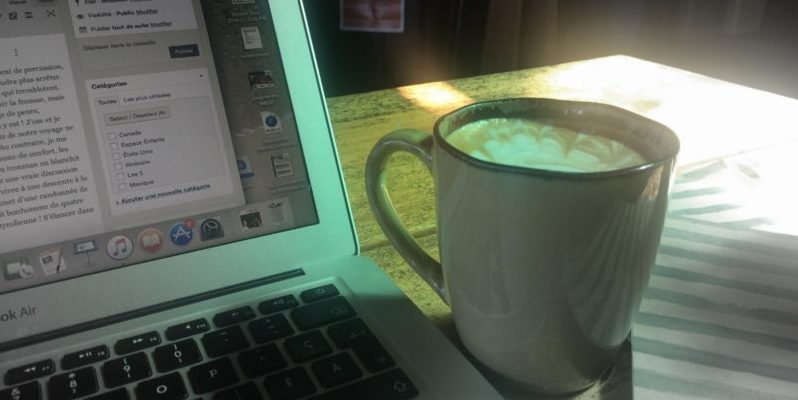 |
Everyday millions of investors check their favorite stock market website to see what the stock indexes do. For example, on any given investing site an investor can check how the S&P500, the TSX, the FTSE, or the DJIA averages are faring for the day. I find I have been doing this a lot more than normal lately given the crazy seesaw ride the markets have been providing us. However, as a long-term dividend investor this is not ideal. I find that looking at these numbers every day stirs up unwelcome feelings to act, such as sell stocks that are crashing. I have said it a million times – emotions are the enemy of the investor and we need to do something to stop them.[ad#tdg-embedded]
To help myself combat my own feelings, I did a bit of research and found some data over at a site dedicated to the Dow Jones indexes. I know, I know, the DJIA is not the best index to use but it has one thing it has going for it is that there is over 100 years of data on the index. I found this data and produced a chart that shows the profile of the Dow over since 1896 – yes that reads 1896. Here is what it looks like
 Click to Enlarge
Click to EnlargeThe key message I took from this chart is this – over long periods of time the stock market goes up. The markets go up and down from time to time (kind of like now) but over the long term eventually recovers and goes higher. I know that past performance is not a predictor of future performance, but it is really all we have and lets face it 113 years of data is a pretty good period of time to work with.
This chart brought my emotions in check. I am still evaluating if some of my stocks still belong in my portfolio, but I am basing decisions based on facts and not on emotion.








Hey man, I love your site. I too am trying to learn about dividend investing. I have the same goal as you and am looking for passive income, thus far I have tried to stick to lots of monthly dividend companies to try and ride out this shaky market.
Are you looking for value in this market as well? Some of my investing strategy has changed a bit as some good companies seem to have been hit hard just due to the fear on Wall Street.
This does put emotions into perspective…now I just need to figure out how to live that long raising other types of emotions 🙂
I agree that emotion is the enemy of investing, although I am also a long term dividend investor, I am starting to have doubts in buy and hold strategy. Right now we have lost about 6 years worth of profits and it will probably take sometime to make up for those, and many of the dividend payers have cut their dividends. I guess controlling emotions in this type of a down turn is much harder than I thought it would be.
I’d be interested to see that chart a)inflation adjusted, b) inflation less return adjusted.
I suspect that the general trend upwards would remain. But I also suspect that the slope of the trend would flatten.
Doesn’t this just translate to 4% compounded annually or am I missing something?
I signed on for the buy and hold strategy about 12 years ago. The question is how long is the hold?
It’s a function of age and need.
I don’t need the money now, and I can wait for a couple more decades before I do need it.
So my concern is only the companies I own. Not a concern about the current share price, the concern is can they go to zero?
Hard to recover from zero. 🙂
If you look at this chart it is not on a linear scale. Look at the left of the chart. In the 1929 crash the market dropped about 440 points. Currently we have come down from 14000. That is a 7000 point drop. I am no expert. And I may be wrong in my conclusion here. (Please correct me if I am), but this chart cannot be used to compare the 29 crash to the present one.
The stock from 1896 is derived from the work of Jeremy Siegel’s book, ‘Stocks for the Long Run’, except that he plotted it for longer, from 1802 if I remember correctly.
Anyway, someone once said, “In the long run, everyone’s dead”. But it does show emphatically that over time, stocks wins hands down all the time. So buy and hold is not necessarily dead, except that it’s in slumber or hibernation.